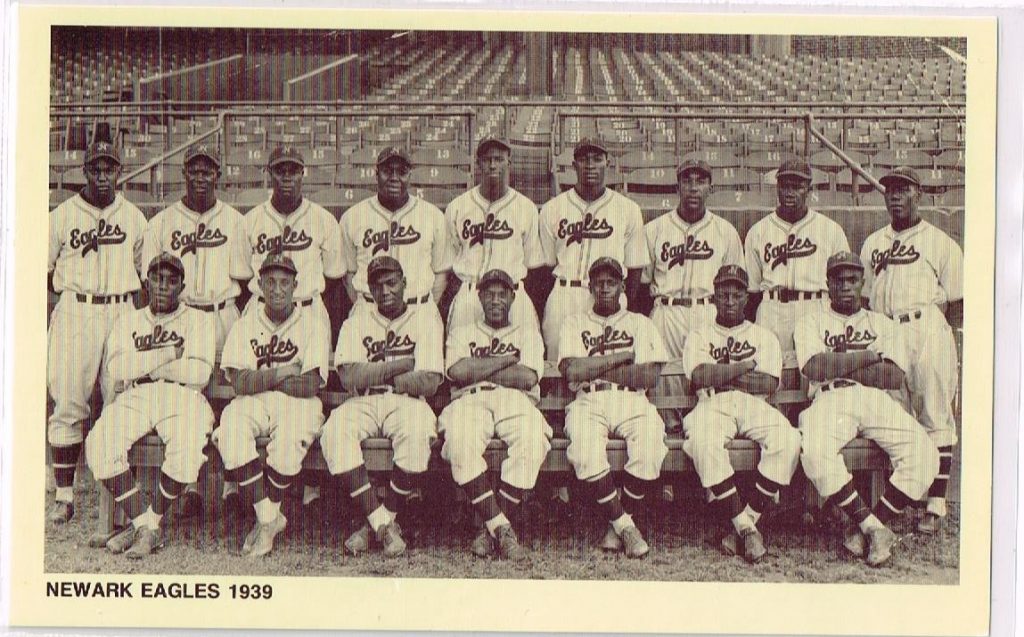Dr. Bob wants Day to be more than a name on a street sign or a plaque in Cooperstown. He wants him to be as well-known in Baltimore, the city he played in and the city he died in, as anyone else who already has a statue there.
They wheeled Leon Day into the hallway. The former Negro Leagues ace was 78 years old and being treated for heart and kidney issues. A quiet and reserved man, he was one of the best pitchers of his time—the Satchel Paige of silence; a soft-spoken Bob Feller—but they still hadn’t let him in the Hall of Fame.
The campaign to get him into Cooperstown had been taxing and endless. Phone calls, arguments, bureaucracy, interviews on Larry King. The backing of Ted Williams, Monte Irvin, Bob Feller, countless other baseball figures, and even Al Gore hadn’t been enough to get Day in.
His supporters had begun to lose hope. But when they wheeled him into the hallway, not long after another HOF vote to determine his fate, Day was a little optimistic. He assumed they’d let him in; they were waiting for him to die.
“Where’s Dr. Hieronimus?” he asked from his wheelchair.
Dr. Bob Hieronimus, an internationally known historian, visual artist, and radio host, was a close personal friend of Day’s and a leading advocate for his Hall of Fame candidacy. Day never called him “Dr. Hieronimus,” only “Dr. Bob. ” So when he called for him, Dr. Bob knew that Day didn’t want to be pitied, coddled, or soothed. He wanted to know if he would die a Hall of Famer.
“He was not only about the best pitcher in the Negro Leagues—one of the best, you could definitely say that—but he as a person was so kind,” Dr. Bob says. “He was not one of your ‘take-over’ kind of people. And that got him in big trouble because it meant that most people didn’t know how good he was.”
Dr. Bob had been on the phone with representatives, administrators, and influencers for years, rattling off Day’s statistics and citing his place in history to whoever was on the other end.
“Most of them didn’t believe that Negro League players belonged in the Hall of Fame. And that was a wake-up call for me. I thought, ‘how in the hell could they still think this?’ But they did. There were a lot of people who were just not interested in Negro League baseball at that time. There were others that didn’t know their Negro League history. We got ourselves in a lot of trouble.”
There was no trouble in this hall. It was only joy in Dr. Bob’s heart when he approached his friend, bent down, and told him the bullshit was over.
He was in.
Day looked up at him.
“No shit?”
It’s a moment that defines the work of the now 79-year-old Dr. Bob, an advocate and lifelong fan of the Negro Leagues. As a kid, his stepfather took him to a game up in Pennsylvania between a Negro Leagues team and a white team from a steel mill…

Leon Day is seen on the bottom row on the far left.
This excerpt is from an article originally authored by Justin Klugh. You can read the full article at Baseball Prospectus.
